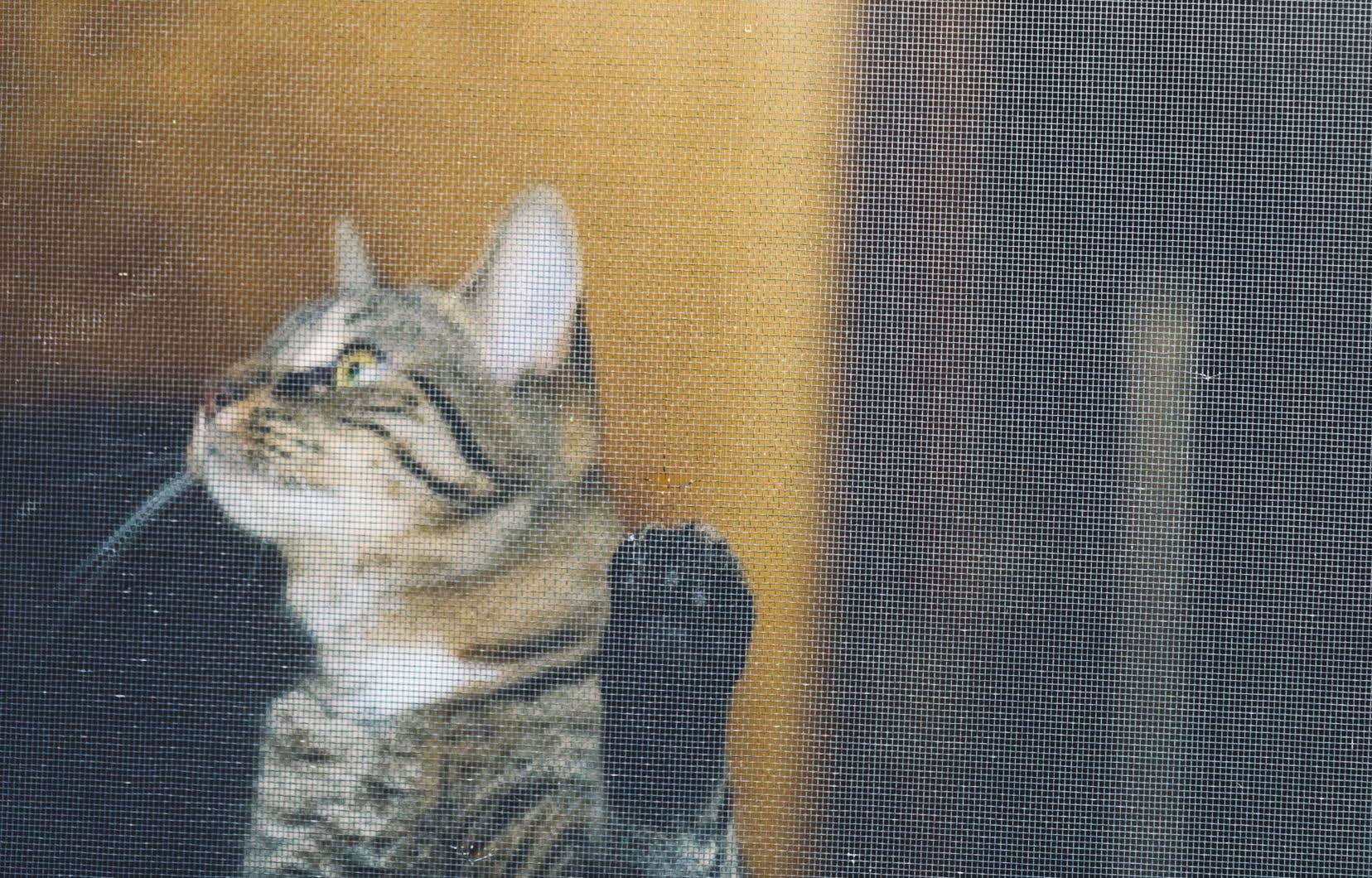With conviction and perseverance, it is sometimes possible to really change things. On February 10, declawing of cats, like devocalization, tail docking and ear trimming of dogs, will be banned in Quebec. A breakthrough in animal welfare that was made possible thanks to the hard work of Alexandra Yaksich, an animal health technician.
During the pandemic, the young woman noticed an increase in requests for non-therapeutic operations in veterinary clinics. “We were declawing more cats and we were having more surgeries, for example, for tails that had been badly docked and which were causing pain to the dogs. »
Concerned, Alexandra began to inquire and make calls, in particular to the Order of Veterinary Physicians of Quebec and the Ministry of Agriculture, Fisheries and Food of Quebec (MAPAQ). Everything is legal, she was confirmed. “And yet, in the field, we know that there is no benefit for animals from undergoing these procedures. »
The animal health technician therefore asked MAPAQ what needed to be done to change the law. “Because unless we have a ban, it won’t stop, and the animals are suffering,” she emphasizes. We explain to her that she can launch a petition and have it sponsored by her MP so that it can be submitted to the National Assembly.
Alexandra then began to collect scientific data on non-therapeutic operations. She contacted the Canadian Veterinary Medical Association, the Association of Veterinary Doctors of Quebec and the Association of Animal Health Technicians of Quebec, who supported her in her approach.
She also obtained the support of her MP, Kathleen Weil, who represented the riding of Notre-Dame-de-Grâce, in Montreal, until 2022. And the young woman began to write the petition, which will be launched in October 2021 .
At first, Alexandra wanted to focus her petition on declawing cats. Then, she said to herself that we had to seize the opportunity to ban more interventions harmful to animal welfare. “But I wondered if it was too risky, if people would think it was too extreme, to ban all of this at once. »
Alexandra also began writing open letters in newspapers to raise awareness among the population. For their part, veterinary clinics are also getting on board and publicizing this approach. And it works. “In about three months, we collected a little less than 22,000 signatures,” she says enthusiastically.
Efforts rewarded
Gradually, strength in numbers made its way. In March 2022, the young woman received a phone call from Kathleen Weil, who told her that the Minister of Agriculture, André Lamontagne, agreed to ban these non-therapeutic operations. “I started to cry,” says Alexandra, remembering the hours she spent in this cause. When you go into something like this, you don’t know what to expect, but you take a chance. I was overcome by emotion. »
Quebec was the last Canadian province, along with Ontario, to allow the declawing of cats. When the Regulation respecting the well-being and safety of domestic animals and equines comes into force on Saturday, millions of cats in Quebec will no longer have to undergo this procedure. “I want to tell everyone not to underestimate the impact we can have and to show courage,” underlines the animal health technician. If something bothers you, you have every right to act, to take on this challenge. Even if you’re starting out on your own, if it’s something you care about and you work really hard, people will help you. »
Amputation
As the ban on declawing approaches, professor at the Faculty of Veterinary Medicine at the University of Montreal in Saint-Hyacinthe Bertrand Lussier says he is very happy to no longer have to teach this operation to his students. “It’s a procedure that has no reason to exist. […] Everyone was talking about it, but it was really Alexandra who was the spark that made the bill happen,” he says.
Onyxectomy (declawing) is far from being a benign operation, he explains. “People always thought it was just removing the claw, but in fact it’s an amputation of the third phalanx of all the fingers. » An operation which can lead to complications, behavioral changes in the cat and the appearance of pain.
Veterinarian Éric Troncy, director of the Animal Pharmacology Research Group of Quebec, evaluated some 200 cats: healthy cats, arthritic cats as well as arthritic and declawed cats. “We have observed that arthritic cats are more sensitized than healthy cats, which is logical,” reports the professor of veterinary medicine in Saint-Hyacinthe. But the arthritic and declawed cat is even more sensitized than the arthritic cat. Very clearly, this demonstrates that declawing worsens the alteration of the nervous system. »
Declawed cats suffer from chronic pain, he specifies. “The heavier the declawed cat, the more difficulty it will have in placing its paws to distribute the forces generated on the ground, which is detrimental to animal welfare. » As for the cutting of the ears and the size of the tails in dogs, they were made to meet breed standards, he emphasizes. “For a Doberman, it makes him look more impressive to have his ears cropped [qui tiennent alors droites]. »
Professor Troncy mentions that to allow cats to scratch their claws without damaging sofas and curtains, you can train your feline to scratch their claws in a designated place. “If we provide him with a scratching post or a cat tree and encourage him to scratch there, he will continue to do so because he will deposit odors there which will encourage him to come back. » Since scratching is a “natural behavior” for cats, he recalls.
